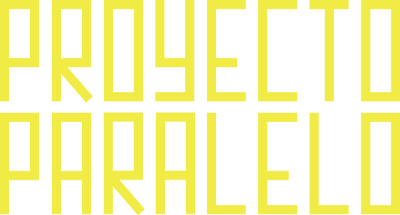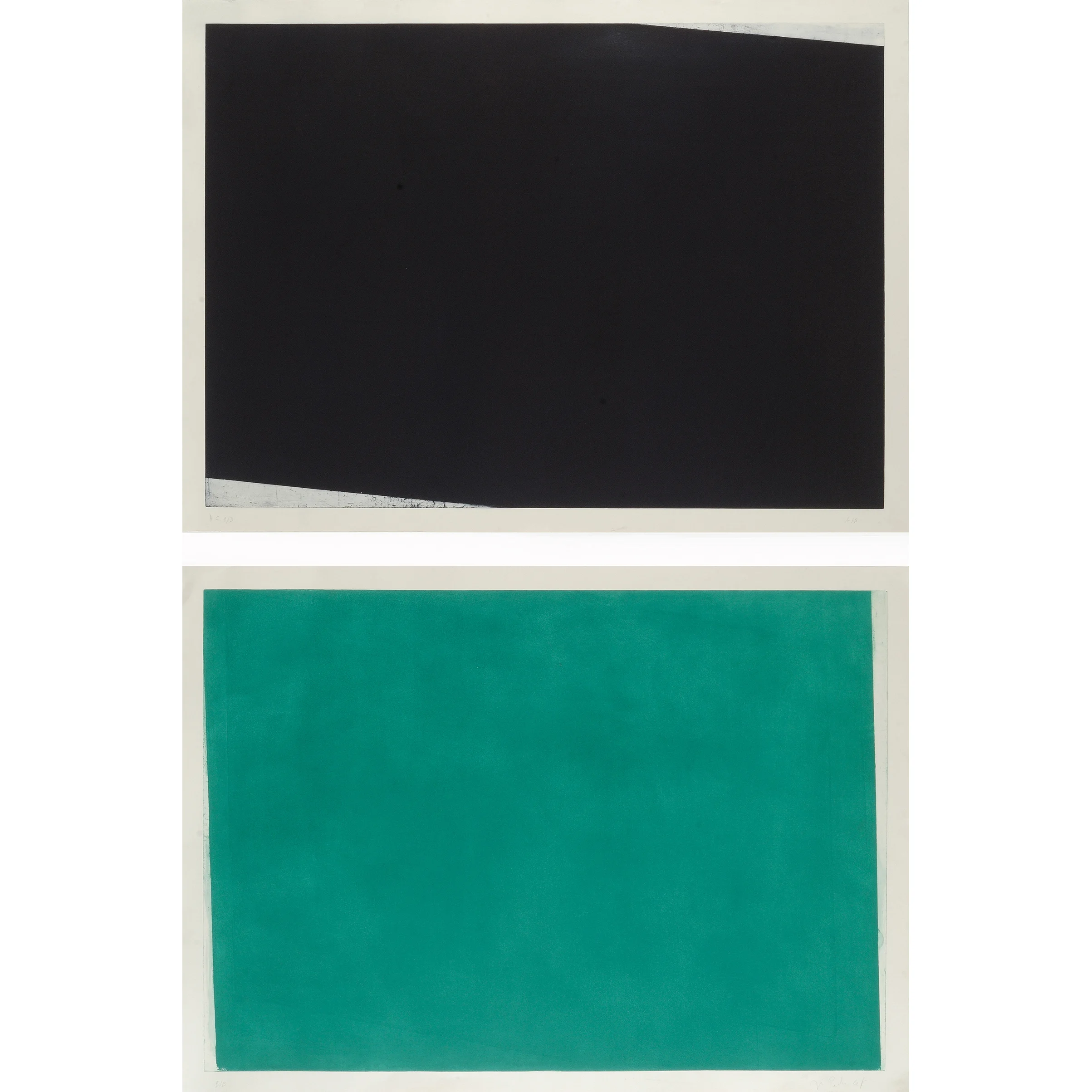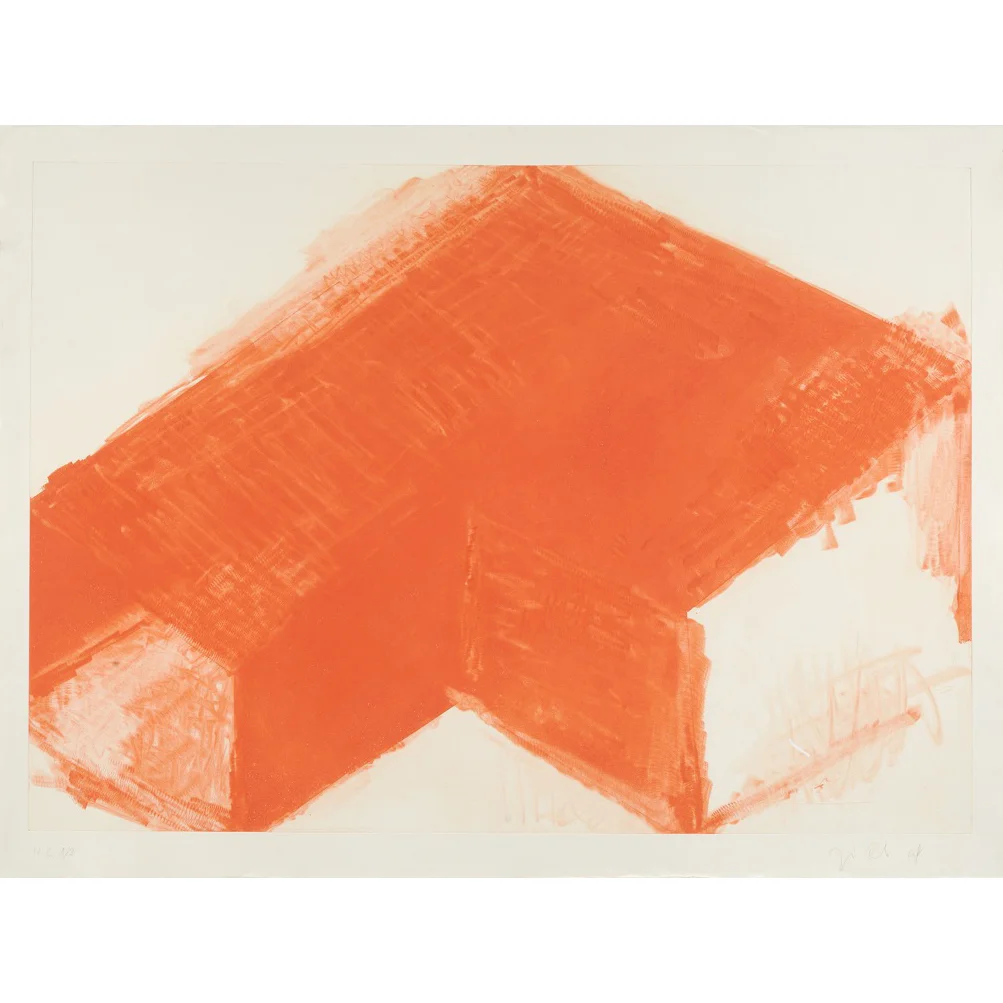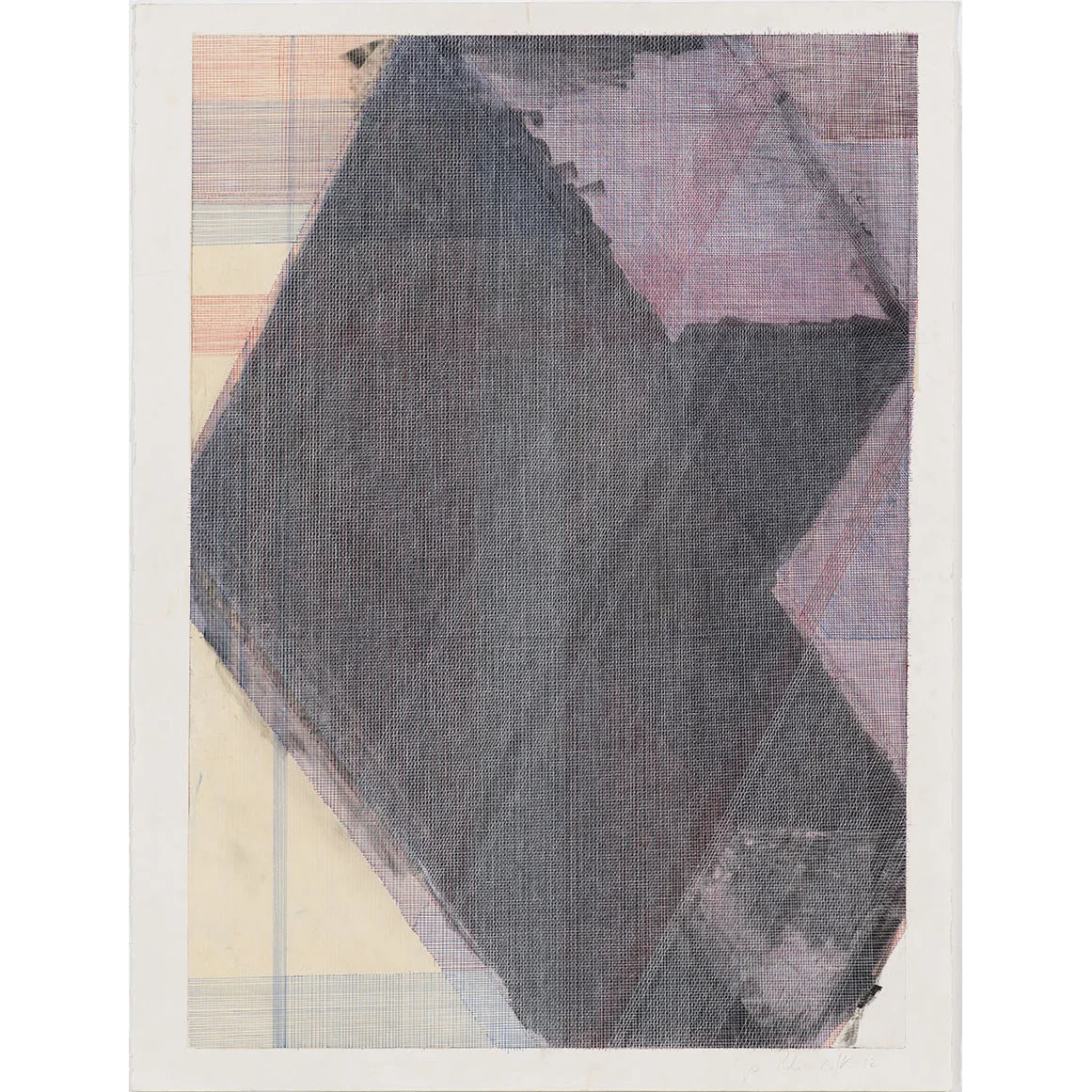José Pedro Croft is one of the chief exponents of the renewal of Portuguese sculpture. His career, both as a sculptor and as a draughtsman, has been characterized from its earliest stages by a painstaking constructive process that combines his formal universe with his personal world. In the artist's own words, “the interest of my oeuvre lies in its nuances and in the little differences, not in any attempt to pigeonhole it within a specific line of work.” In short, Croft's artistic project falls outside the path determined by schools and groups.
Related to this notion, his works always stem from research into the processes triggered within their own process, where the visual, plastic and poetic dimensions of the objects created intermingle, producing an impression of precarious balance between the stable and unstable that, for the Portuguese artist, “reflects the transitory nature of the universe.”
His sculptures develop complex relations with their surroundings and with their own shapes and volumes by means of simple almost minimalist structures that combine the material nature of the object with its formal aspects. In some cases, these are strengthened by the use of bright industrial paint, suggesting sculpture that is perceived as painting in relief. Furthermore, Croft uses mirrors and glass to play with effects of light, shadow and reflections to create new volumes and an altered sense of space, eventually giving rise to a dialectical tension between fullness and emptiness that is also present in his works on paper.
















